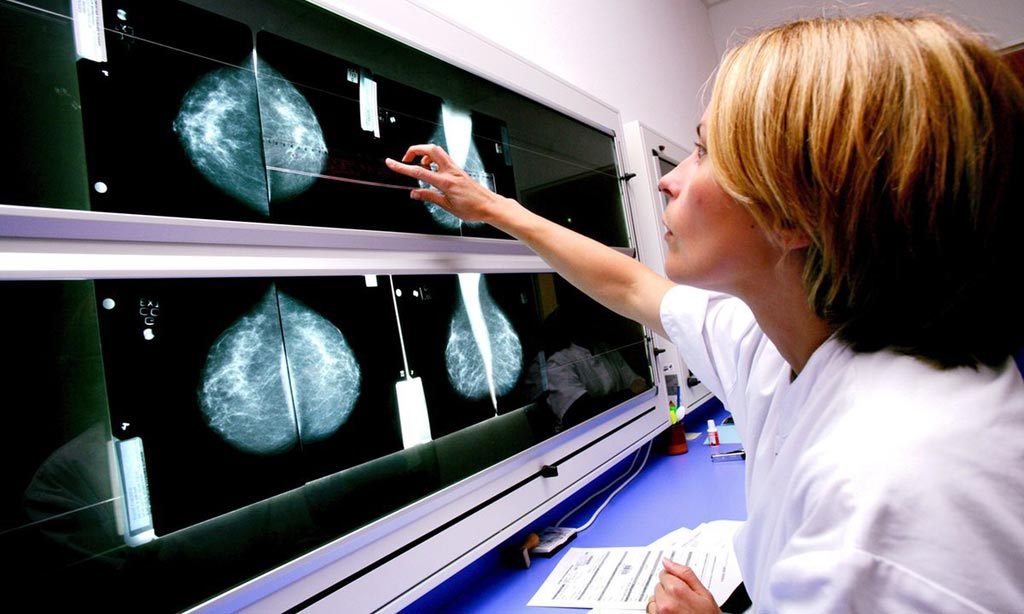Computer-Aided Detection Overused in Mammography Screening
By MedImaging International staff writers
Posted on 07 Nov 2017
Despite its limited accuracy, use of computer-aided detection (CAD) continues unabated at digital screening mammography facilities in the United States, according to a new study.Posted on 07 Nov 2017
Researchers at the Hospital of Cook County (Chicago, IL, USA) and the University of Nebraska (UNL; Lincoln, USA) accessed the U.S. Food and Drug Administration (FDA) database of certified mammography facilities to generate a random sample list of 400 (out of approximately 8,500) facilities. In 2008 and 2011, a telephone survey was conducted of the facilities regarding digital mammography and CAD use; in 2016, facility websites were reviewed before calling the facilities. The researchers than assessed the proportion of CAD at the digital facilities for the three surveys.

Image: New research asserts computer-aided detection of breast cancer is still being overused (Photo courtesy of Alamy).
The results revealed that the mean proportion of digital facilities using CAD was 91.4% in 2008, 90.2% in 2011, and 92.3% in 2016. The difference for 2008 versus 2011 was thus 1.3%, while for 2011 versus 2016 it was -2.1%, and for 2008 versus 2016 it was -0.8%. The researchers noted that despite evidence from the Breast Cancer Surveillance Consortium (BCSC) that shows CAD reduces performance by increasing recalls, decreasing the detection of invasive cancer, and increasing the detection of ductal carcinoma in situ (DCIS), its use increased dramatically along with the conversion from film to digital. The study was published on October 6, 2017, in the Journal of the American College of Radiology.
“Although computer-aided detection appeared promising in earlier studies, in our review of the literature, we could not identify recent peer-reviewed journal articles that report results different from the BCSC,” concluded lead author John Keen, MD, of Cook County Hospital. “This persistent utilization is relevant to the debate on the value of targeting DCIS in screening. Using it as an adjunct to radiologist interpretation may be considered the standard of care in a legal setting, thereby further encouraging its use.”
DCIS is the most common type of non-invasive breast cancer, in which the abnormal cells are contained inside the milk ducts. If DCIS is not treated, it may eventually develop into invasive breast cancer, which can spread outside the ducts into the breast tissue and then possibly to other parts of the body. Since DCIS cannot usually be felt as a breast lump or other breast change, most cases are diagnosed following routine screening with mammograms or ultrasound, appearing as micro-calcifications.
Related Links:
Hospital of Cook County
University of Nebraska














